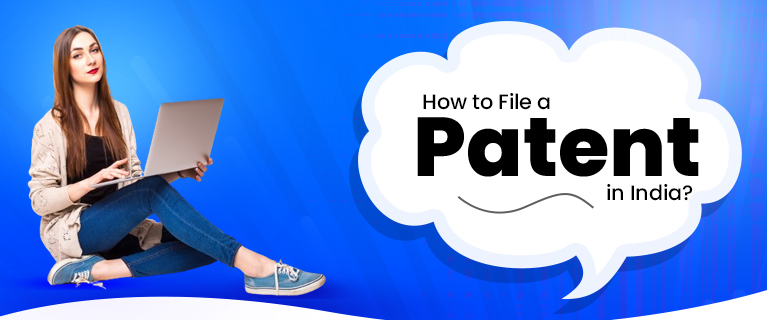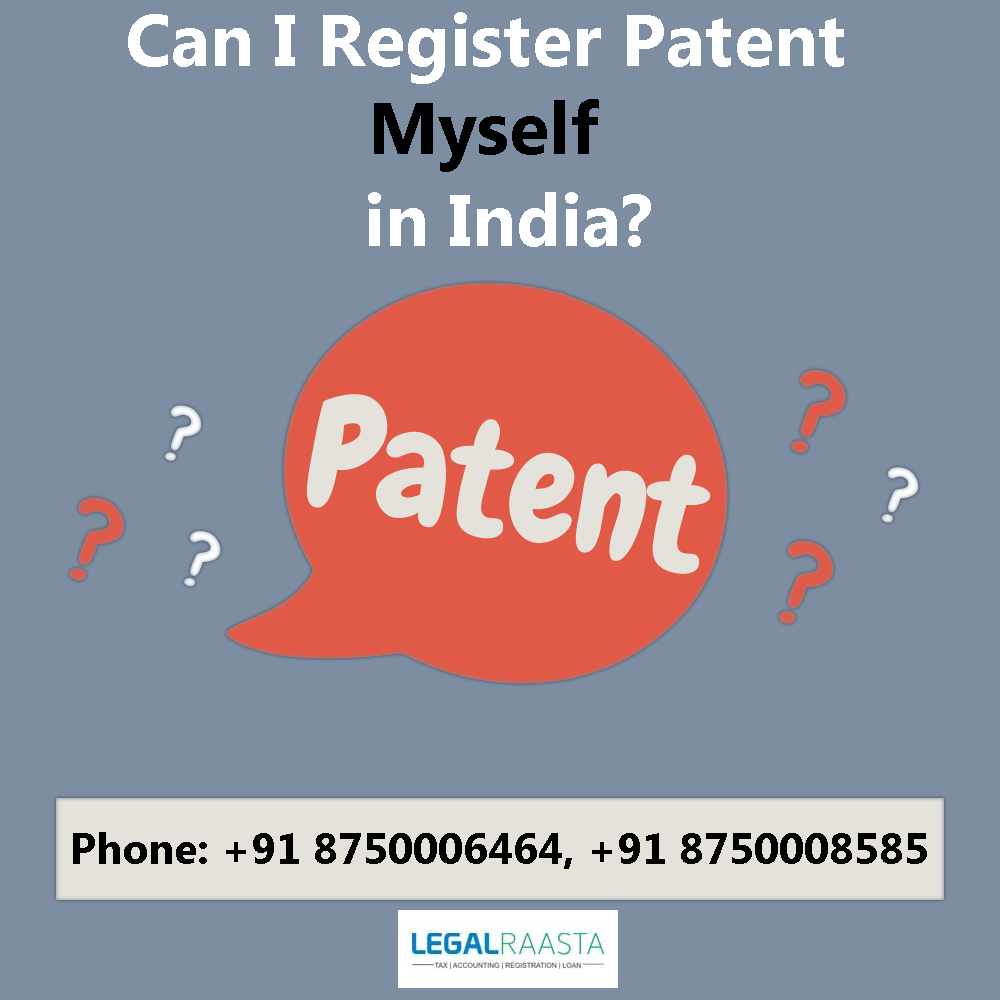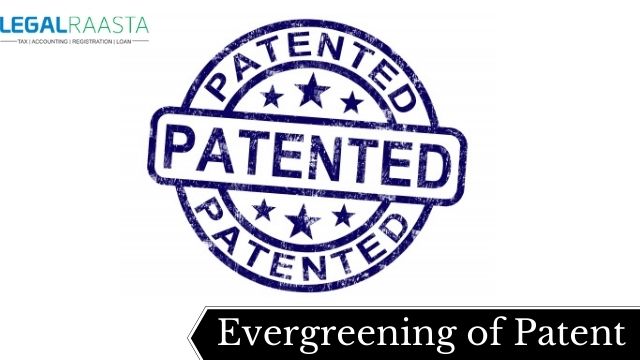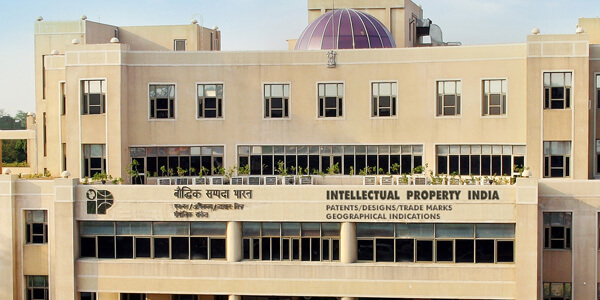What are the types of patent in India?
An applicant must submit a patent application to the Indian Patent Office (IPO) in order to be granted a
Patent Register in India. Depending on the applicant's strategic need for a patent filing, various sorts of patent applications may be submitted in the IPO. Different forms of patent applications can be filed in India under the terms of the Indian Patent Law, thus it is important to know which
Patent Application to file first. Therefore, we will talk about various patent applications here. If you have any questions concerning this subject, please get in touch with
our Legalraasta Team.
Different types of patent applications for patent register
-
a) Provisional Patent application
A Provisional Patent application is a provision provided by
Indian Patent Law, which allows an applicant to register patent an early priority date for his invention. As the Indian Patent system follows the first to Register Patent system, it is important to secure the invention in the early stage. However, the provisional patent application is a temporary Patent Registration. As a result, within twelve months of the priority date or the date on which a provisional patent application was filed, a complete patent application must be filed. The previously filed provisional patent application will be regarded as abandoned if the full patent application isn't submitted within the required window of time after the provisional patent application. As a result, it's crucial to submit a full patent application within the required timeframe after submitting a provisional patent application. Additionally, there are less filing procedures and legal requirements for submitting a provisional patent application than for submitting a full patent application.
Additionally, submitting a provisional patent application requires fewer technical details about the invention, which saves time, money, and effort. Therefore, one can protect his innovation while it is still in the conception stage by submitting a provisional Patent application at an early stage. The right to request a patent for an innovation belongs to the first individual to submit an international or Indian patent application. We provide services including assistance with various types of patent applications and Indian patents.
b) Complete Patent application/Non-provisional Patent application
A complete patent application is one that has been submitted to the Patent Office permanently. It is a techno-legal document that calls for specific technical, structural, and functional information about the invention that should fully and accurately characterise it. It must be written in accordance with the Patents Act & Rules. The title of the invention, an abstract, claims that are enabled by the invention's description, the best way to use the invention, and illustrations should all be included in the specification of a full patent application.
c) Patent Cooperation Treaty PCT application
The treaty's goal is to make it easier for applicants from member countries to submit a single patent application for numerous countries. Any applicant from one of the participating nations may submit a PCT application for a patent. It may be submitted directly with the International Bureau (IB) of WIPO or within the member countries. It is crucial to submit a PCT application within a year of the priority date if an applicant is claiming a priority date for a filed Patent application from another nation and intends to do so. The international filing date shall be taken into account as the priority date if an applicant files a PCT application straight without claiming any priority. You
Can Register Patent in Delhi and other regions of India with the assistance of a patent filing service provider.
And also they provide guidance related to patent, Indian patent application and types of patents in India. One crucial aspect here is that, absent the submission of a comparable National Phase Patent application in the intended member nation, the PCT application itself is neither a patent application nor does it automatically give protection in any of its member countries. The applicant may get a number of advantages by submitting a PCT application. It extends the entry period into any of its member states by an additional eighteen months. The applicant has thirty/thirty-one months to file the National Phase Patent application in any of its member countries if the applicant is filing a first Patent application in the member country. By adjusting one's patent application in light of the search report before entering the National Phase of the target nation, one may increase the likelihood that the application will be granted a patent in the member nation. Additionally, by taking the search report into account, an applicant may decide how strategically to enter the member nation.
d) Convention Patent application
An application for a convention patent register is one that was separately submitted in one or more convention countries. In this situation, submitting a convention patent application enables the applicant to assert the priority date based on an earlier submission of an identical or substantially similar application in one or more convention countries. To obtain the convention status in India, a patent application must be filed with the Indian Patent Office within a year of the date on which a comparable application was originally filed in the convention country.
e) Patent of addition Patent application
The Indian Patents Acts of 1970 include a provision known as the Patent of Addition. If an invention for which an applicant has already applied for or secured a patent undergoes a minor alteration, the applicant may seek a patent of addition to cover the new modification. The benefit of registering a Patent of Addition is that it does not call for a separate renewal
Patent cost. It shares the same fees and expiration date as the primary Patent.
f) Divisional Patent application
Multiple inventions may occasionally be claimed in a single patent application submitted by the applicant. In this case, the patent application can be divided into two or more separate ones, each of which is referred to as a divisional patent application. If the applicant believes his previously filed patent application contains more than one invention, he may choose to divide the patent application voluntarily. In the second situation, the applicant must split the patent application into two or more divisional patent applications in accordance with the directive given by the patent controller. All divisional Patent register entries will share the same priority date as the parent or principally filed Patent application.
Conclusion
There are several ways to protect your real invention from any kind of Infringement from a third party in India. Hence, any person applying to register Patent in India is required to understand the basic mandatory requirements for filing different types of
Patent Applications in India.You can get assistance from skilled
professionals at Legalraasta with the India
Patent Registration Process. Throughout the Patent Registration Process, our professionals will help and direct you.
Legalraasta's knowledgeable experts will make sure your task is finished efficiently and on schedule.










